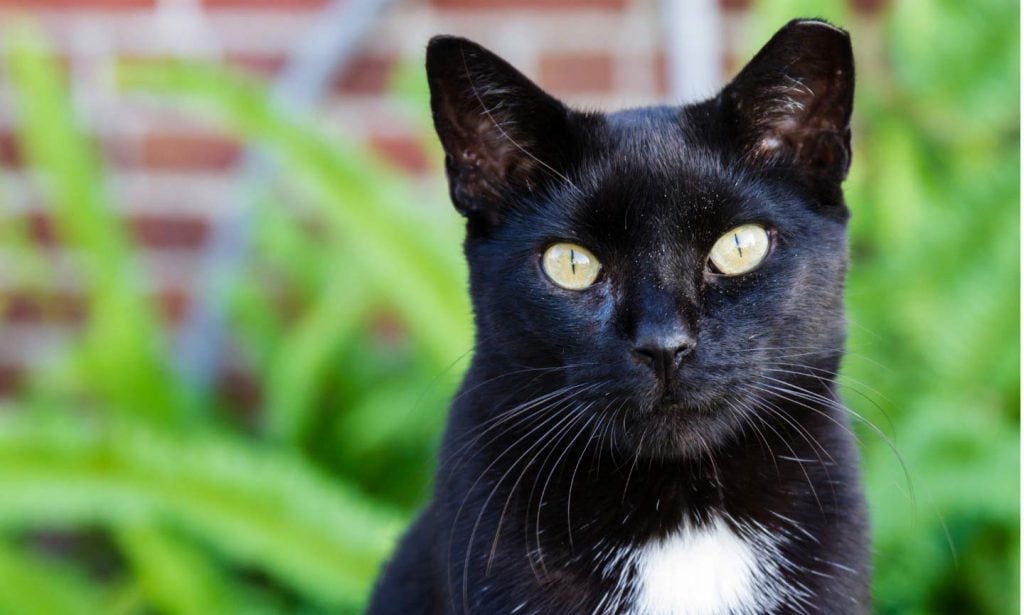If you’re an animal lover who’s noticed feral cats in your community, you might be wondering, “How can I help them?” After all, feral cats are rarely adoptable, so taking them to an animal shelter (or taking them in yourself) isn’t a solution. But there is one proven, humane way to improve the lives of outdoor cats, while helping to stop the cycle of overpopulation. Trap-neuter-return programs (TNR) capture, sterilize and vaccinate free-roaming cats, then return them to their environment.
While widely practiced in the United States and abroad, TNR remains unfamiliar to many people outside the rescue community. In fact, according to Best Friends Animal Society, a nationwide animal rescue nonprofit based in Kanab, Utah, the majority of people (67%) are unfamiliar with the practice.
Have we piqued your interest? Read on for everything you need to know about TNR services, including how you can get involved and help your community’s kitties!
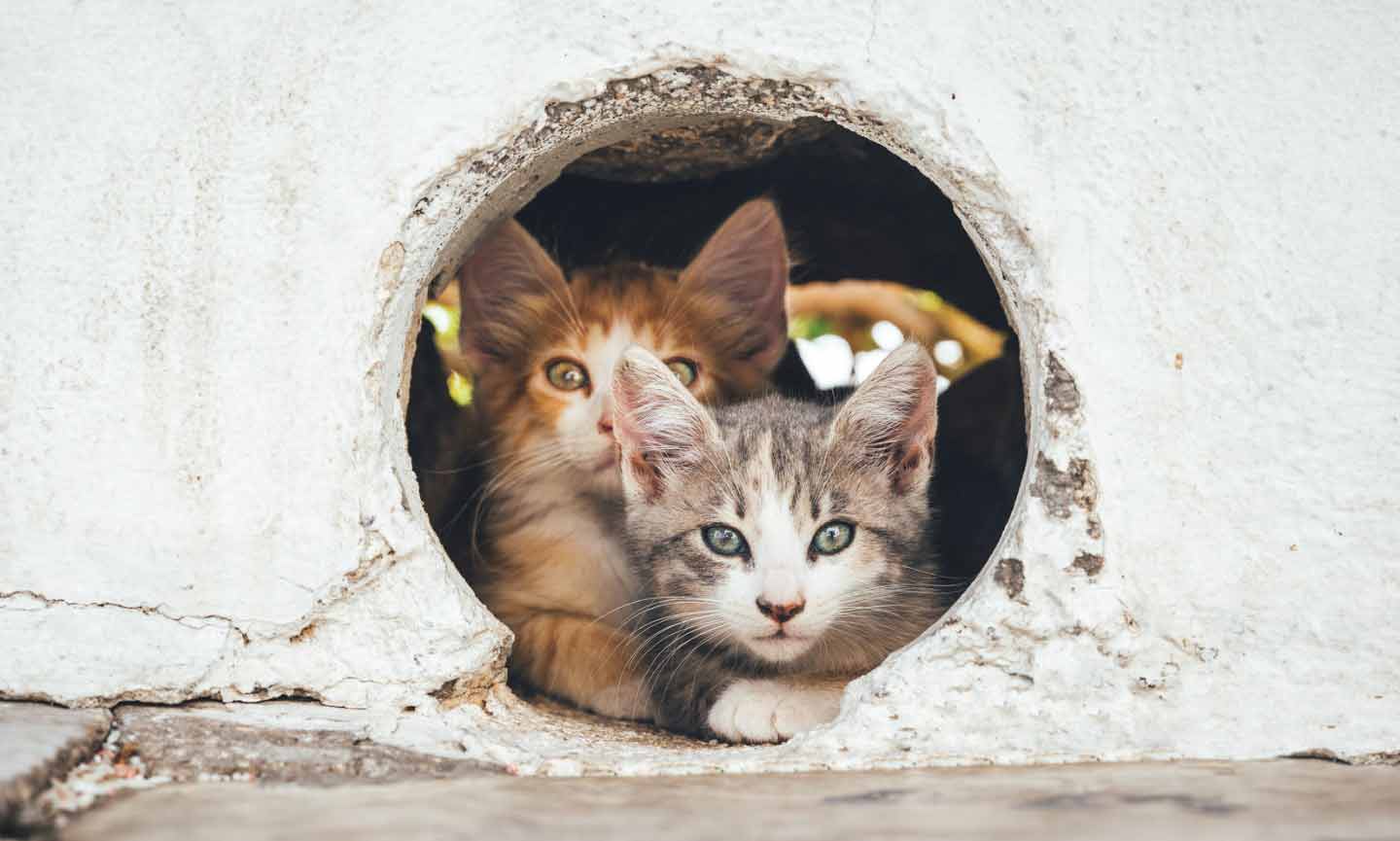
What Is TNR?
Also known as trap-neuter-release or trap-neuter-vaccinate-return (TNVR), TNR is an effective method of community cat colony management that is endorsed by leading animal welfare organizations, including the American Society for the Prevention of Cruelty to Animals (ASPCA) and the Humane Society of the United States (HSUS).
“Community cat programs are the most effective way to save lives, reduce the burden on shelters and improve save rates by about 80 percent,” says Richard Angelo, legislative attorney for Best Friends Animal Society’s who focuses on the organization’s cat initiatives.
It’s important to note that TNR programs vary from rescue to rescue, and community to community. While some programs strictly focus on trapping, neutering, vaccinating and releasing unowned cats, others provide more holistic veterinary care and work to find homes for socialized cats who were once pets (aka strays) and have little chance of surviving outdoors. Shauna Frye, operations director at Philadelphia-based nonprofit The Cat Collaborative, refers to their TNR strategy as “trap, neuter, respond,” as release is not appropriate for every outdoor cat they trap.
“Our first goal is always to get the cat fixed to help reduce the overpopulation problem,” says Frye. “But if it’s a friendly cat who could live as a pet, we want to do right by that cat and find them a home. It’s certainly harder work, but it’s work we’re really proud of.”
TNR relies largely on volunteers to trap and release the cats. Interested in learning more? From start to finish, here’s how TNR works:
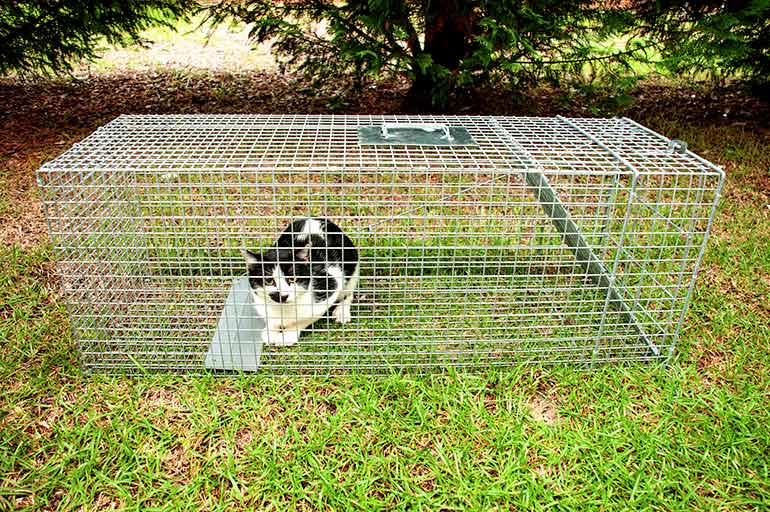
Trap
First things first: Volunteers set humane traps near cat colonies baited with tempting treats (such as cat food, meat-based baby food, canned tuna or cooked chicken). Cat traps should be large enough for adult cats to comfortably stand and turn around in, and lined with materials such as layered newspapers, cardboard or towels to increase comfort. Many shelters and rescues provide these traps free of charge to volunteers.
Transport
Once trapped, the cats must be transported to a local rescue or veterinary clinic participating in TNR initiatives. (Many vets offer spay/neuter surgeries and other wellness care at low-cost or for free to TNR programs.) Traps are placed securely in volunteers’ vehicles and transported to the facility, with measures being taken to keep the cats as calm, comfortable and anxiety-free as possible.
For example, at Philadelphia-based nonprofit Whiskers of Love Cat Rescue & Sanctuary, volunteers immediately cover the traps to allow the cats to decompress during transport, says founder Denise Reiner. At the clinic, they keep the lights dimmed and spray Feliway calming pheromone spray to help them stay calm.
Neuter (or Spay) and Other Veterinary Care
Once at the veterinary facility, cats receive:
- Spay/neuter surgery (neutering for males, and spaying for females) under sedation
- Rabies vaccines
- Scanning for a microchip, to determine whether the cat already has a home (and to help reunite the family)
- Ear-tipping, a quick procedure done under anesthesia that removes a small portion of the ear to indicate that the cat has already been sterilized and doesn’t need to be re-trapped
Some programs also vaccinate for common diseases like feline viral rhinotracheitis, calicivirus and panleukopenia.
Some TNR programs, including The Cat Collaborative’s, provide more comprehensive care to the cats while they’re under anesthesia, such as dental procedures. “For many of these feral cats, this is the one and only time they’ll ever see a vet, so we want to do as much for them as we can,” says Frye.
Recover
Recovery time varies, depending on the sex and health status of the cat. During recovery, cats need to be kept caged inside in a warm, dry space. The recovery process can vary, depending on the cat:
Male Cats: Most healthy males can be released 24 hours after they are neutered. TNR and veterinary staff ensure the cats are fully awake and back to normal before releasing them back to their area.
Female Cats: Because spay surgeries are more invasive, females need longer to recover. Whiskers of Love brings their female cats to foster homes to recuperate for approximately a week.
Sick or Injured Cats: These cats need additional recovery time, and may or may not be candidates for re-release. At Whiskers of Love, all sick or injured cats recover fully indoors with a foster family. Then, depending on their injuries, staff decide whether it’s safe for the cat to be released outside. If not, the organization works to find a farm where the cat can live the rest of their life as a barn cat, or a sanctuary placement where they can continue their outdoor lifestyle in a safe environment with a dedicated caregiver.
Return (or Rehome)
After the procedure and recovery, most cats are returned to their outdoor home, aka place they were trapped. Cats are transported in the traps, which are then set in a quiet area away from roads during a quiet time of day (early morning is ideal).
In some cases, the original trapping area may be unsafe, and the cats will need to be relocated. For these last-resort circumstances, volunteers work with their local rescue and community leaders to ensure that the new location is safe and appropriate.
The “release” aspect of TNR is ideal for feral cats, who have never lived in homes and are closer to wild animals than pets. When a socialized, adoptable stray cat is trapped, some TNR programs work to find the cat a home.
“If I have the opportunity to give them a home that they want, why would I not do that?” says Frye. “If a cat can live in a home, we’re going to find that cat a home.”
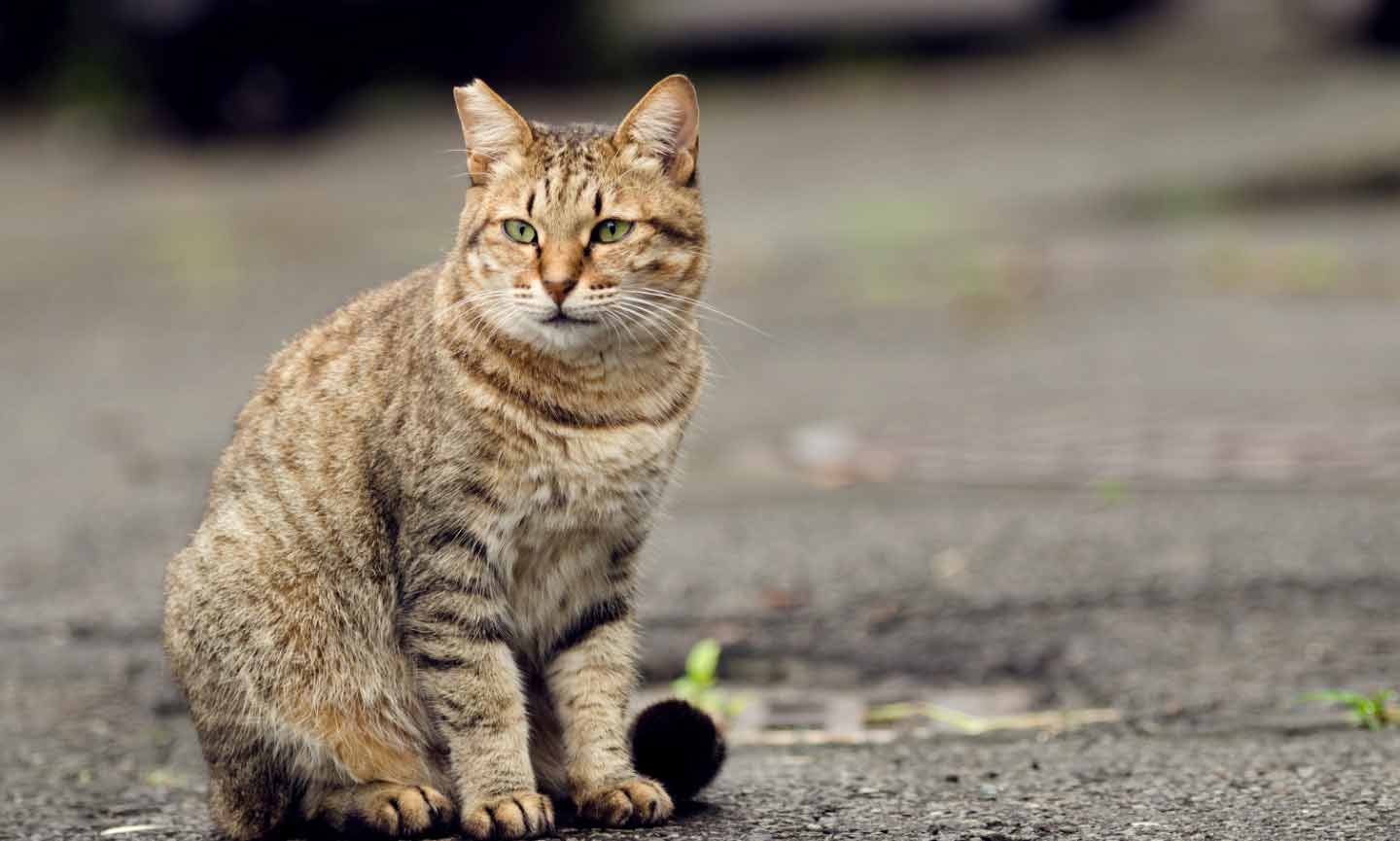
How TNR Saves Lives
TNR improves the lives of outdoor cats, as well as the neighborhoods they call home. Here are a few of its benefits:
Cats’ overall health improves.
Spaying and neutering improves cats' health, leading to healthy weight gain, improved coat condition, and less straying from their communities. Additionally, spaying and neutering decreases the chances of some types of cancers, including mammary, uterine, ovarian and testicular.
Cats are protected against rabies.
TNR programs provide vaccination against rabies, a fatal disease that can spread to other animals and humans.
Fight-related injuries decrease.
When competing for mates, male cats will fight, and can become injured. A London study found that feral male cats fought less and were more sociable with each other after neutering.
Cat lifespans increase.
The average feral cat has a lifespan of 2 to 5 years. (We know that’s a shockingly short amount of time compared to the average housecat lifespan of 9 to 17 years.) But TNR efforts can add years to feral cats’ lives. An 11-year study by the University of Florida found that 83% of cats managed in TNR colonies had been living in those colonies for more than 6 years.
Community cat populations stabilize.
More spay-neuter surgeries mean fewer new cats in a colony over time. TNR-managed colonies will see feral cat populations stabilize, then eventually decline as fewer and fewer cats are capable or reproducing. That means more resources for the existing feral cats, and fewer litters of newborn kittens suffering without a home.
Mating behaviors decrease.
Males looking for mates are known for yowling, fighting, and spraying–which is disruptive to humans living nearby and generally not great for the public opinion of feral cats. TNR leads to more peaceful cats with fewer nuisance behaviors, which in turn leads to more peaceful neighborhoods.
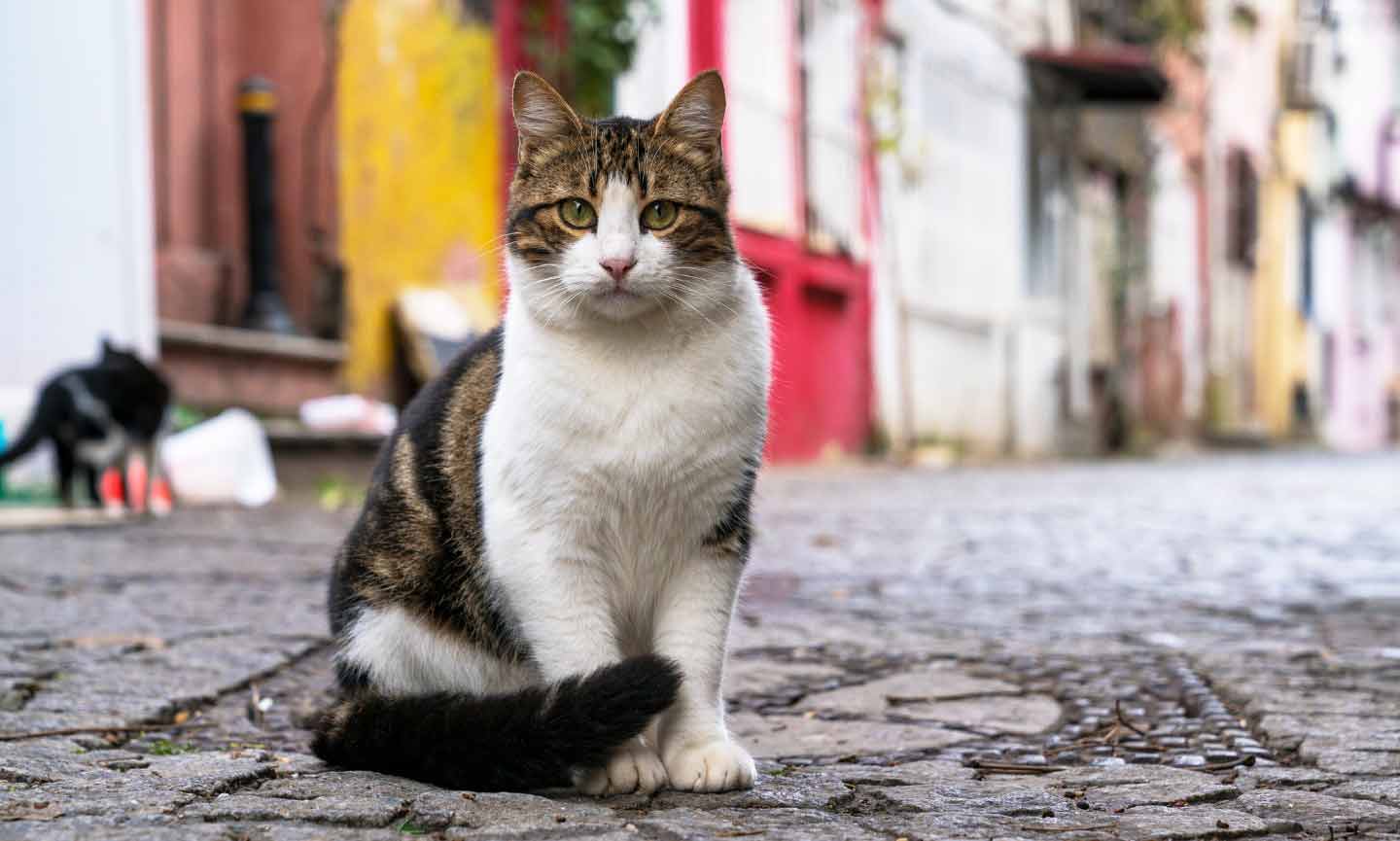
Is TNR Safe?
When practiced correctly, TNR is safe for both cats and humans. For cats, while trapping and transporting can be stressful, the wellness benefits outweigh the risks. Plus, volunteers try to make the experience as calm and smooth as possible. Measures such as covered traps, bedding, quiet recovery spaces and, of course, anesthesia during the procedures keep stress as low as possible. “We really try to make their time with us as good as can possibly be,” says Frye.
For humans, TNR safety is all about learning best practices from experienced volunteers who know how to safely trap cats. If you want to get involved in TNR, work with a local organization to learn the ropes, including tips like never touching the cats during the trapping, transporting or releasing process.
“It’s really a matter of training and not taking shortcuts,” Frye says. As a TNR expert, she says, “I have what I consider a very healthy fear [of outdoor cats]. Even a friendly cat can hurt you.”
How Can I Help?
The best way to get started with TNR is to work with a local rescue, alongside an experienced group of volunteers. Many shelters and rescue groups run programs that train people in TNR, says Angelo, who notes that Best Friends has nearly 4,000 network partners across the country that interested animal-lovers can connect with.
If your area doesn’t have an established TNR program, Best Friends also offers online resources for those who want to get started helping their neighborhood cats.
Another way to help: Offer financial support. Most TNR programs are entirely volunteer-run, and while many veterinarians offer their services at low cost to TNR initiatives, those costs do add up over time. Your donations can help cover fees for spay/neuter surgeries, vaccines and other healthcare for the cats, as well as related expenses like humane traps and cat food.
More Ways to Help
Share:
